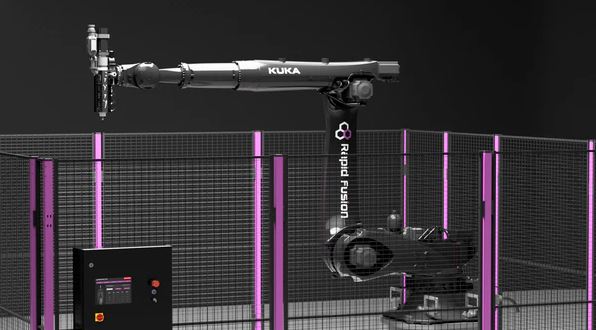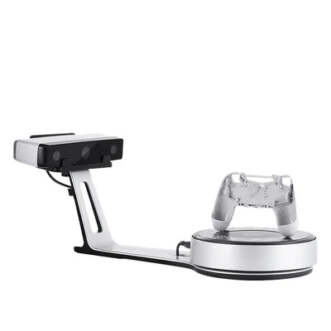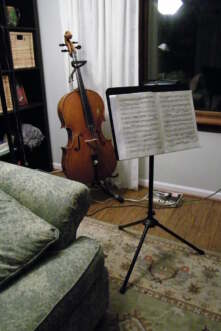
How can you analyze the Compositional Style of IMSLP Wagner
You must have strolled through IMSLP during your music learning journey, and you must have found the works of many legends in the free public domain music. Among them, Richard Wagner stands out because of his outstanding operas, which are known for their emotional intensity.
If you are someone who is on their musical journey, you can explore the IMSLP Wagner sheet music library. You will get his original scores, early editions, and even full orchestration music. It is a treasure trove for musicians as they get to access the public domain music for free. It is a versatile resource that can be used for various purposes, from downloading unique masterpieces to analyzing different versions of the same musical piece. You can understand the rhythm, speed, and pitch of the music easily. In this blog, you will learn how to understand and analyze the compositional style of IMSLP Wagner.
3 Ways to analyze the Compositional Style of IMSLP Wagner
Wagner was a revolutionary figure in 19th-century music. His operas are notable not only for their grand scale but also for their complex harmony and innovative orchestration. Understanding Wagner’s style provides insight into the development of Romantic music and the dramatic possibilities of opera.
If you are a music learner wanting to analyze his scores, you will appreciate how he used musical ideas to support the storytelling and emotional flow of his works. Whether you are a composer or a music enthusiast, learning Wagner’s style of composing music will enhance your musical skills. Some of the ways to analyze the compositional style of Wagner are as follows:
Start with a Landmark Work
Want to analyze the IMSLP Wagner music? Well, you should start exploring the works of Wagner, which are readily available on the IMSLP Wagner sheet music library. His operas showcase his evolution as a composer. You should explore musical pieces like Tristan and Isolde, which is excellent for newbies who are beginning to learn Wagner’s style of music.
These operas are not only rich in emotional expression but also demonstrate Wagner’s unique use of harmony, orchestration, and leitmotifs. If you explore his works, like Tannhauser, Parsifal, and Die Meistersinger von Nurnberg, each offers something different in terms of structure and musical language. If you study and analyze these masterpieces, you will know how Wagner broke away from traditional opera formats. As you go through the scores, you will begin noticing the repeating pattern that defines his signature style.
Utilizing Leitmotifs
It is a well-known fact that Leitmotifs are a great tool for composing music, and Wagner has used them effectively throughout his operas. These are short and recurring musical phrases that are associated with specific characters, ideas, or emotions, helping to unify the entire work thematically. In Wagner’s music, leitmotifs evolve and transform to reflect the dramatic arc of the story. For example, in The Ring Cycle, you will find distinct motifs for characters like Siegfried or concepts like fate and power.
By studying the scores on the IMSLP Wagner sheet music library, you can easily find how these motifs are introduced, varied, and layered throughout different scenes. This technique allows Wagner to create musical continuity and emotional depth. Analyzing how he manipulates these motifs is a key step in understanding his compositional style. You can also explore other composers like Felix Mendelssohn and find his works in the IMSLP Mendelssohn sheet music library.
Exploring Orchestration and Texture
Richard Wagner believed in doing something extraordinary when it comes to orchestration. His orchestration music was very rich and colorful, pushing the boundaries of the traditional orchestra. He expanded the size of the ensemble and introduced new instruments to achieve specific emotional and dramatic effects.
Wagner didn’t just use the orchestra as background support; he treated it as an active voice in the storytelling. Every instrument had a purpose, whether to build tension, underscore a character’s emotion, or create atmospheric depth. You will get to know how he layered textures and used dynamics to paint vivid musical scenes if you explore his orchestration music on IMSLP. As you move forward in your musical learning journey, you can also discover works of Borodin, which are available on the IMSLP Borodin sheet music library.
Final Thoughts
To conclude, IMSLP is an invaluable tool for anyone wanting to analyze and appreciate Wagner’s compositional style. By studying his music in detail, you gain insights into the genius behind some of the most powerful operatic works ever written.
Whether you are learning to perform Wagner, diving into his work on Sheet Music International will deepen your musical understanding and inspire your musical journey.




















